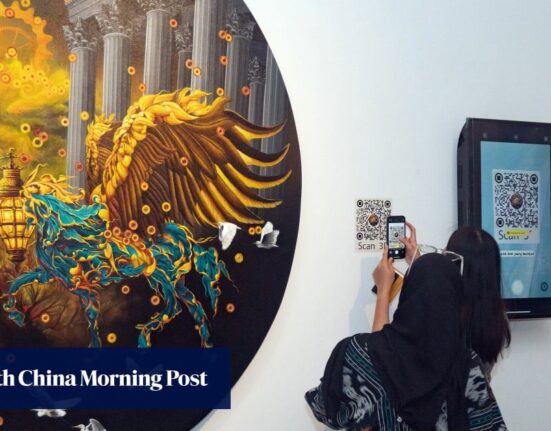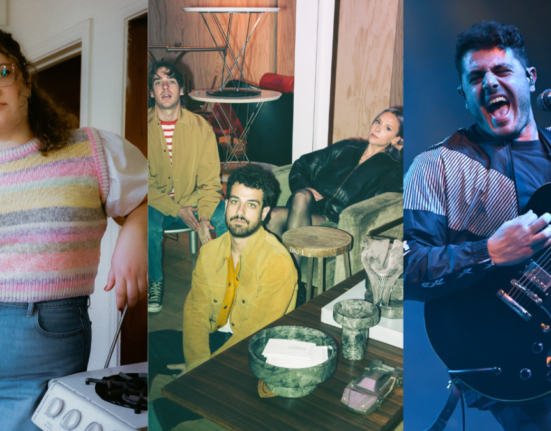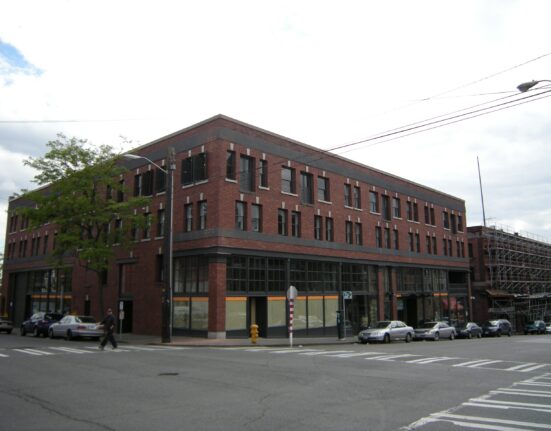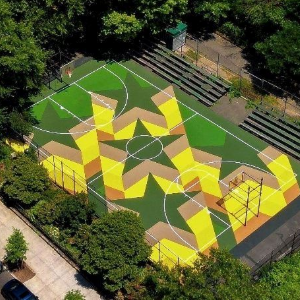“A work of art is the trace of a magnificent struggle.” So said the late abstract artist Grace Hartingan.
In a small country like Luxembourg how real is the struggle to produce art and how do artists here experience the creative journey? Gabriella Moya, Milena Campagna and Anne-Mareike Hess – three female artists from the disciplines of fashion, photography and dance – share the setbacks and successes they experienced on their way to realising their dreams in the Grand Duchy.
Hailing from Ecuador, Gabriella Moya has just debuted her first fashion collection, AWKA, at Luxembourg Fashion Week.
“Work began in 2019,” she said, but the idea of AWKA really took flight in lockdown. “There was empathy from locals and other immigrants. Along with a growing conscience around sustainable fashion.” In this space of mutual empathy and global eco-awakening, Moya’s fashion brand AWKA – a Quechua word that can be used to refer to a warrior or a rebellious, wild spirit – was born.
Microlux, a credit and coaching organisation for entrepreneurs, and the House of Entrepreneurship were happy to support her vision with workshops and mentoring. But, initially anyway, the institutions were not providing that much needed resource – funding.
Struggles with limited resources are not a new phenomenon in the art world. But data shows that women are at a greater disadvantage, paid less than men, have less access to essential resources and remain largely underrepresented in the creative and professional sectors of the artistic realm.
For Moya these hurdles only worked to strengthen her resolve and feed her resourcefulness to tell her story of immigration, heritage, femininity and origins – the story of Ecuador, its people and her homeland.
“I had a clear vision of fabric and colours,” said Moya, but “the experience was an exchange of knowledge.” Moya wanted capes, whereas artisans made traditional ponchos, belts had to be repurposed to make straps for bags and different embroidered patterns were exchanged and adapted. The handmade collection was largely financed by her father and showcased a marriage of classical and traditional styles, interwoven with native stories and cultural references.
Gabriella Moya has turned her Ecuador-inspired designs into a business © Photo credit: AWKA
Although Moya didn’t realise it at the time, retaining and adopting traditional ways of working placed her brand firmly in the sustainable sector – a factor that opened up more opportunities for funding and exposure on Luxembourg’s fashion scene.
Moya was ‘loaned’ a mentor from Microlux, who guided her in the development of her business plan that earned her a zero-interest repayable loan, funding her inaugural collection which she sold in a pop-up store on the Grand-Rue in Luxembourg City. She has since won Best Entrepreneur in Luxembourg 2023, participated in the Luxembourg City Film Festival in a documentary on ethical fashion and started negotiations to showcase her designs in Galerie Lafayette from next spring.
While Moya achieved her dreams later in life with hard work and determination, Luxembourg multi-media artist Milena Campagna at under 30 years old has already achieved what many artists take years to accomplish. And, still, she is at the beginning of her journey.
Support for emerging artists
Tackling sensitive topics, the main body of her work encompasses documentary photography and includes frequent visits to territories in Palestine, Hawaii and Peru to record the often complicated relationship between the people and their histories.
Visibility is a key to success for emerging artists, but gaining exposure can be difficult. The majority of art galleries will only showcase established talent. Unknown artists are a gamble and it’s a risk most establishments won’t take, particularly in these uncertain times. Social media fills a small, but often necessary, tool in helping artists to achieve a level of recognition.
“As an emerging artist, social media is an amazing way to get your name out there,” said Campagna. But often, the ‘real’ impact is measured in the physical, not digital, realm. Instead of overnight success, this requires a consistent work ethic and frequent exposure, exhibiting in informal venues, such as restaurants or banks, for example, or contributing – like Campagna – to charitable fundraisers.
Milena Campagna with one of her works © Photo credit: Christine Eckardt
“By investing in a young living artist,” said Campagna, “you are supporting a dream.” There is support out there for those wanting to become artists, including bursaries and non-financial resources, but Campagna feels there is still a gap to be filled between the support for an emerging artist as compared to one who is fully fledged.
To make ends meet, many artists work to a brief that is not always their own, on jobs not always aligned with their ideals, whilst struggling with administrative support. “You can feel vulnerable as a young artist,” said Campagna.
The rise of AI has unleashed a new tool into the art world, one that many feel threatens the role of the artist. “I am not afraid of it,” said Campagna. She uses AI for brainstorming sessions and sees it as an inspirational tool, another string to her bow. “The biggest challenge is keeping up with AI and new developments, educating people to fight misinformation and learning to question what you see on social media and the internet.”
Passion and dedication
Seventeen years working in any profession, by today’s standards, is a long time. To be working solely as an artist supporting yourself is even more impressive. Luxembourger Anne-Mareike Hess has been doing just that in the field of dance and choreography.
Most dancers in Luxembourg start at the Conservatoire and Hess is no exception. Classical ballet was where it all began, yet contemporary dance is where she found her calling. Dance is a discipline. It requires dedication and passion, two qualities that most successful business entrepreneurs need in abundance.
Hess, after a number of residencies as a young artist, set up her own association: utopic productions. “Monetising it does not reflect the true value of art,” said Hess, but “it should be normalised.” Art is a creative business, with business being the operative word. Funding is a necessary part of most projects and applying as an association enables Hess to not only pay everyone involved but also create a professional structure to support the artistic work on a daily basis.
I do art because I want to express something and share it with an audience and I don’t want to be restricted in what I express. My medium is the body.
Anne-Mareike Hess
Dancer and choreographer
But consistency is not necessarily funding’s friend. “Funding can be more easily found for emerging artists and new projects,” Hess said, and it can be more difficult for previously successful applicants to gain consistent support. There are only so many funding pots a person can bid for and restrictions apply.
“I do art because I want to express something and share it with an audience and I don’t want to be restricted in what I express. My medium is the body.” In addition to choreography and dance, Hess facilitates workshops and masterclasses on the topic of dance having just returned from a period in South Korea. It’s not only another source of revenue, but also a way of building relationships, opening up opportunities and experiences that add creative value to the association and its artists.
There has long existed the pervasive myth of the tortured artist, working in isolation to create their masterpiece. For Hess the process is a team effort. “Together you can create something that you couldn’t do alone,” she said. “Art is an important part of change. We can only change something together. This is what is so exciting about the work!”
Hess may be a respected figure on the dance circuit, but what does she think of the idea of an artist having conventionally ‘made it’? “You are always becoming,” she said. Bigger is not necessarily better. The thrill is in the intimate performance and large venues are not an indicator of success. “A better measure of success would be the number of opportunities available to access resources and the freedom to make your own choices,” she said.







